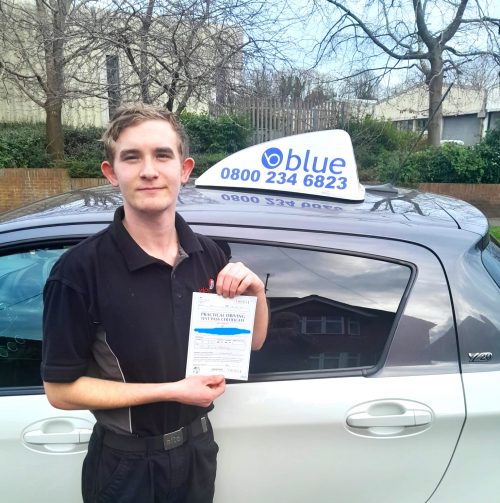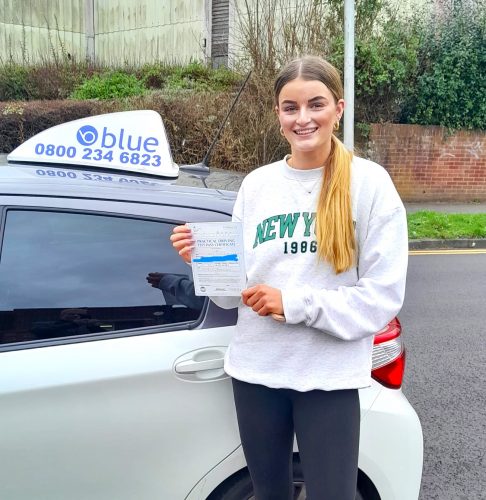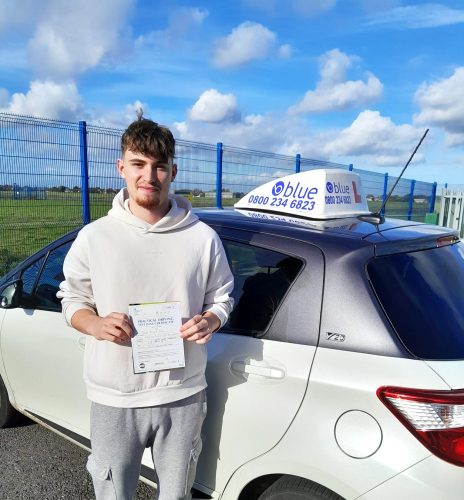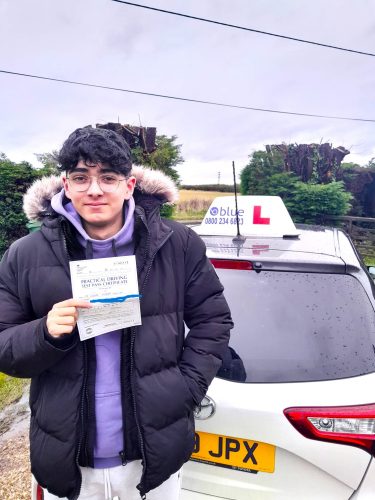
Preparing for the Driving Practical Test
Posted in: Driving Lesson Reading.
Did you know that there are 35.2 million licensed drivers in Great Britain? If you attend driving school in Reading today, you will join the 2.9 million full license holders between ages 17 and 24. There are different strategies in use to enhance the safety of young and novice drivers, including improvements to the learning-to-drive and testing process.
So, what can you expect in a practical test after attending driving school in Reading? The practical driving test typically includes safety questions, eyesight check, and about 40 minutes of driving, including a section of solo driving. You can prepare yourself for successfully passing the test by being aware of the following:
Eyesight check
A practical driving test includes an eyesight check that you must pass or be discontinued from the test. In the eyesight test, you will be required to read a number plate that has been placed at a specific distance. For regular vehicle, the reading distance is 20m, while that for mowing machines, or vehicles operated by someone on foot, is 12m. The letters or figures that you read are usually 79mm high and 57mm wide.
If you wear corrective lenses or spectacles for the eyesight test, you are required by law to wear them during the entire test and whenever you are driving.
Driving safety questions and checks
There are basic safety checks that a driver should perform to ensure that the car is safe for operation. While there are some vital checks that require the candidate to open the vehicle bonnet to check the level of various automobile fluids, pupils are typically not asked to physically check those fluid levels, or even to touch a hot engine.
That said, you should expect the examiner to ask you to demonstrate how you would perform a vehicle safety check. For instance, the examiner may ask you to locate the position of the windscreen washer reservoir and illustrate how you would check the liquid level. In the event that you fail one or both queries, the examiner will mark you with one driving fault.
It is important to note that examiners also consider advancements in vehicle technology. Considering that many vehicles are now fitted with electronic diagnostic systems that inform the driver of fluid levels, tyre pressure, and the state of the engine. It is acceptable for a candidate to refer to the vehicle information system when responding to questions concerning the engine.
Road driving test
Basically, the candidate is required to follow certain directions as instructed by the examiner. Test routes are mostly standardised, so you can expect a range of typical traffic and road conditions. The test will include an assessment of your general driving and reversing skills. The reversing exercise may involve turning in the road, reversing around a corner, or reverse parking into a parking bay or on the road. You may also be asked to perform an emergency stop test.
The examiner expects you to drive the way you have been instructed in your driving school in Reading. Don’t worry if you make mistakes, especially if they are less serious, as they may not affect the outcome of the test. You can make even 15 driving faults and pass the test, but committing one serious fault will result in failure. Also, the test may be stopped if the examiner considers you a danger to other road users at any time.
Tags: driving instructor reading, driving lessons reading, reading driving school









